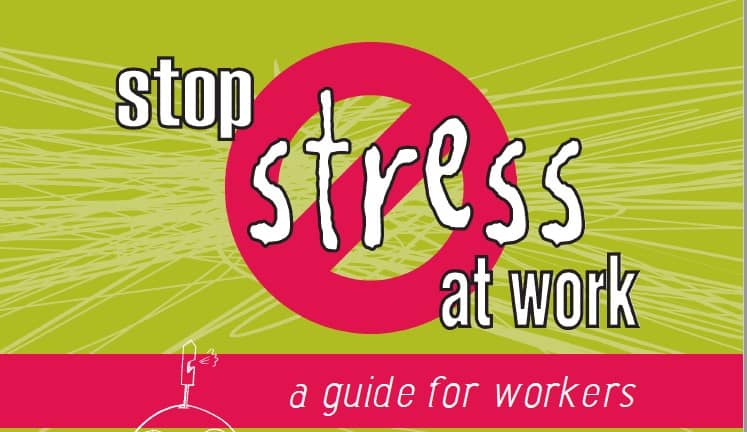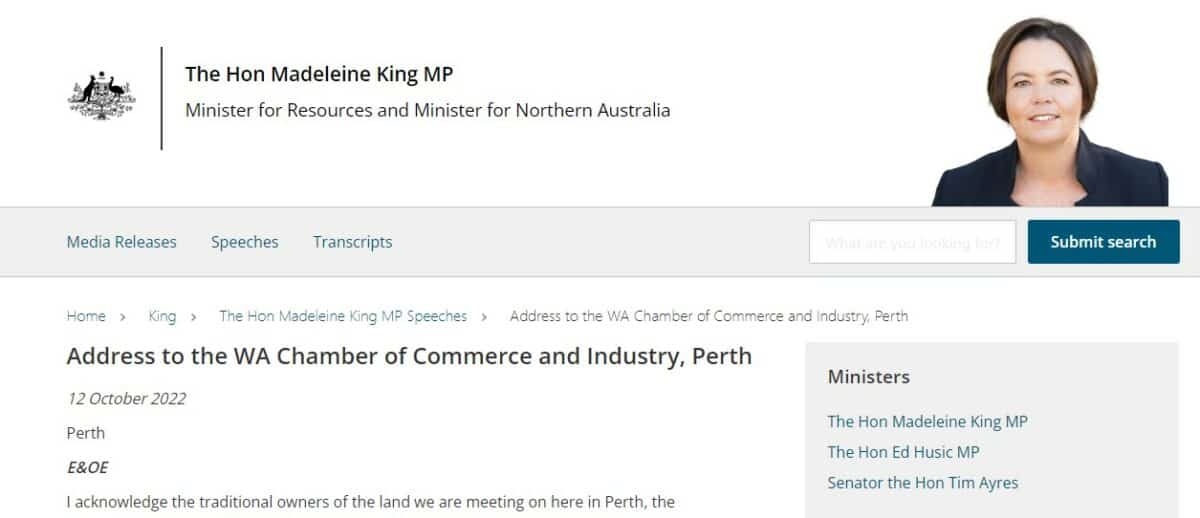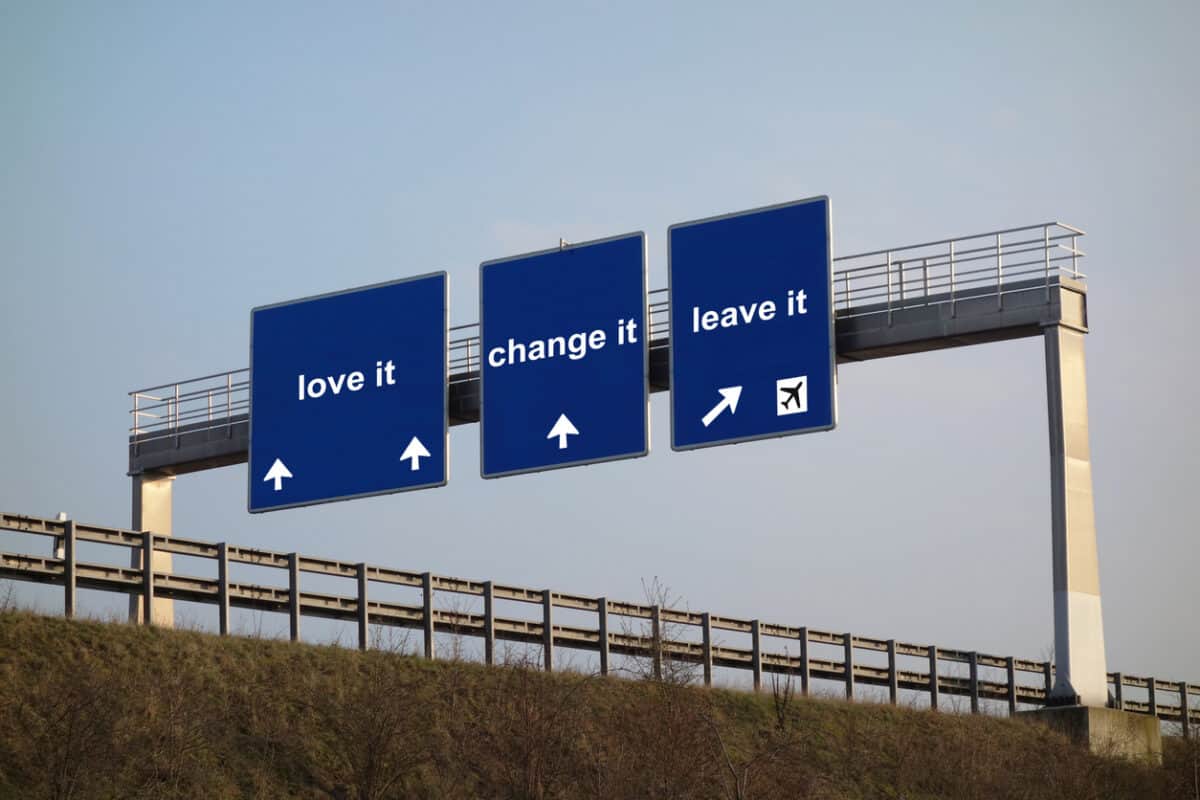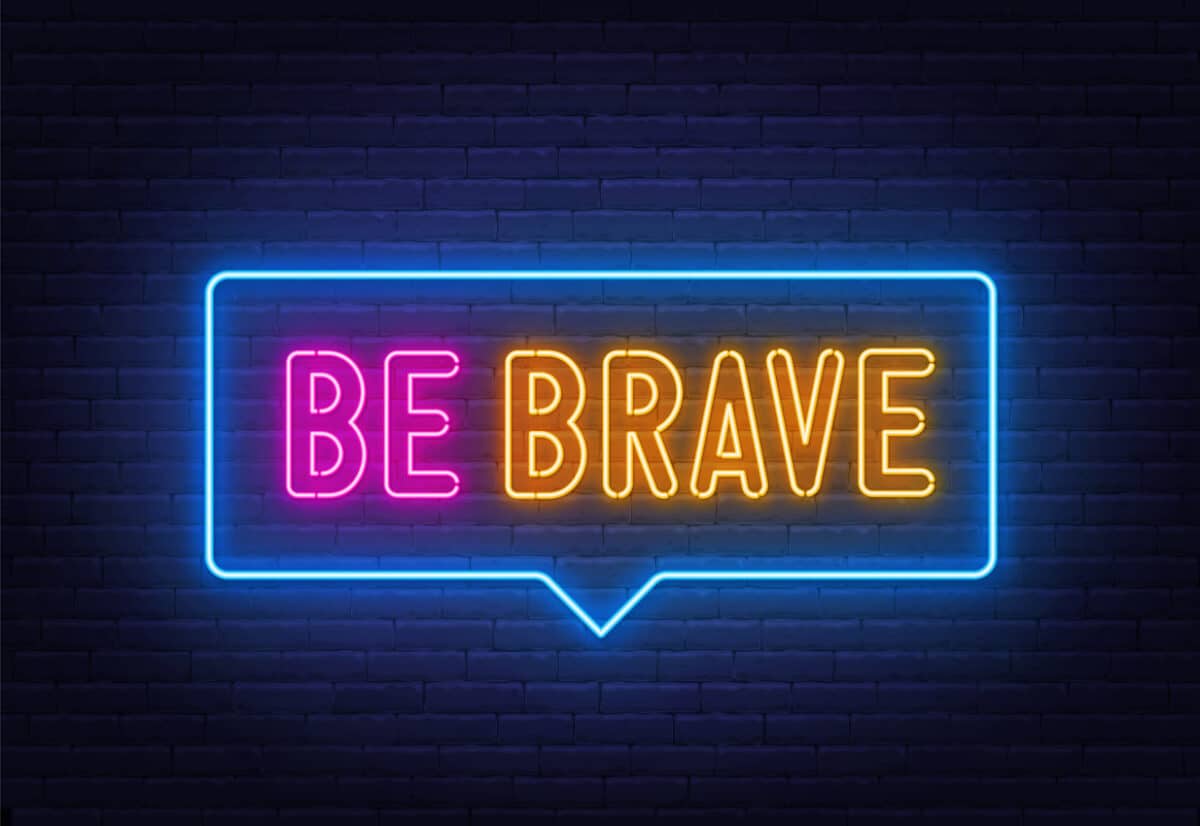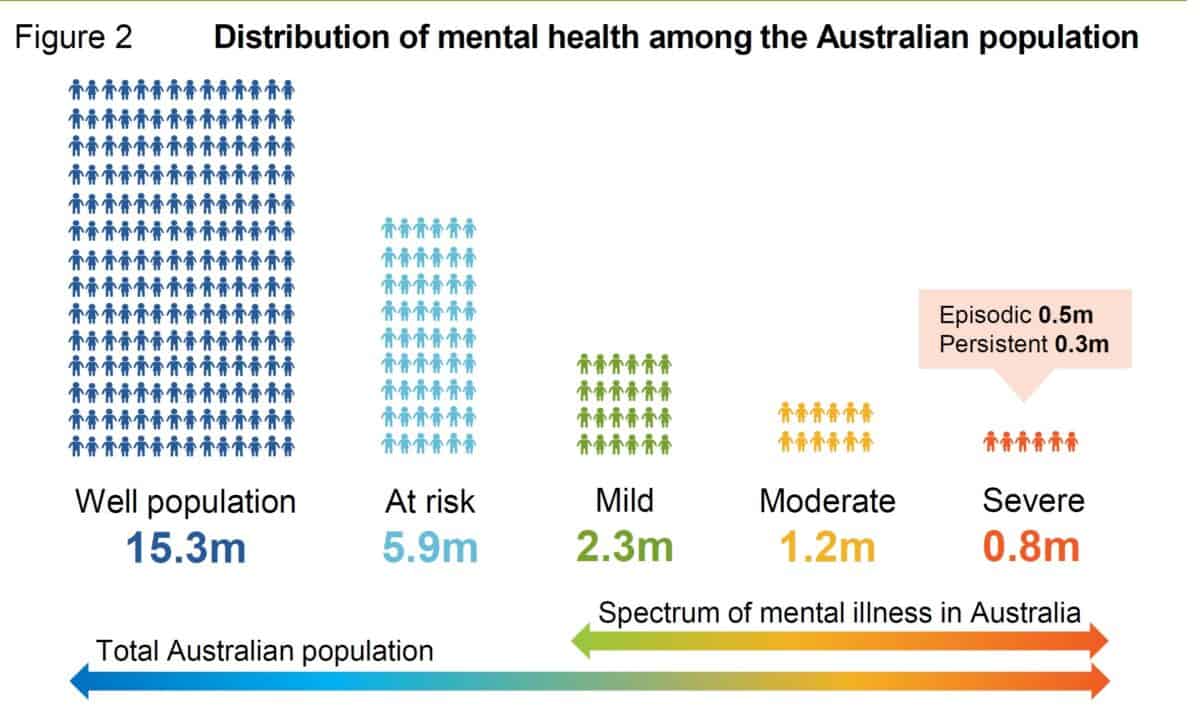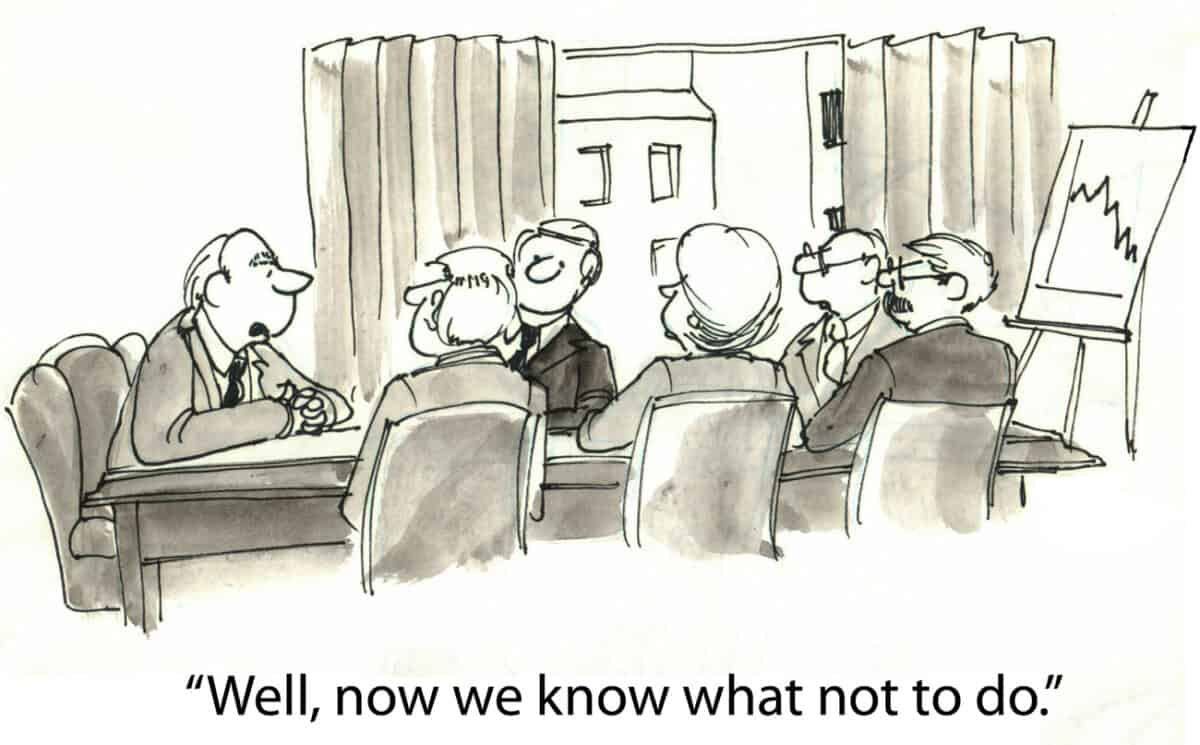Australia’s trade union movement has long been active on the issue of workplace psychological harm. Its 1997 Stress At Work survey of members led directly to the creation of workplace bullying and occupational violence guidance in Victoria and elsewhere. Over 20 years later, the Australian Council of Trade Unions (ACTU) undertook another survey of its members (not publicly available), again on mental health at work.
Category: mental-health
Minister could have spoken stronger on OHS at a business event
Recently Australia’s Minister for Resources, Madeleine King, spoke at an event hosted by the Western Australian Chamber of Commerce and Industry. The speech aimed to reassure the State’s mining sector to not feel threatened by the new Australian Labor Party government. However, her words about sexual harassment were a little odd.
According to the publicly released speech, King said this on the issue of the labour shortage in mining and resources:
Who is responsible for Burnout? And for preventing it?
I apologise for often referring readers to paywalled content. This restriction can affect the impact and flow of a story, but I want readers to be able to verify the sources of my comments and my information. And I acknowledge that this blog, for many, is an example of the economic reality of paywalled content.
However, there was an article in The Guardian on October 11, 2022, about burnout that is well worth reading (You may be able to get short-term access). Below are some extracts from that article with my thoughts.
The Guardian article “‘I didn’t see how I could ever get back to a normal life’: how burnout broke Britain – and how it can recover” by Gaby Hinsliff,, recounts several cases of burnout and near-burnout that are typical of responses to work-related mental ill-health.
Rebuilding the “Duty TO Care”
Decades ago, the occupational health and safety (OHS) conferences had speakers regularly urging us to focus on the “H” in OHS. The “H” was often “Health”, but it was also the “Human”. OHS professionals have long acknowledged that the profession, and the OHS regulators, focussed for too long on traumatic physical injuries and less on health risks, often related to dust, or human risks associated with bullying, harassment and other psychosocial harms. Those days have gone by, but employers and institutions are yet to catch up.
Part of the reason for this lag is the intransigence of the neoliberal ideology and economics epitomised by Margaret Thatcher in the UK, Ronald Reagan in the USA, and Bob Hawke, Paul Keating and John Howard in Australia. (Australia’s neoliberalism was sneakier than in other countries and not just nationally. Jeff Kennett, I am talking about you). Neoliberalism is on the decline, although slower than it should be.
More bravery is needed on workplace mental health
The bookshops I visit often have two sections of books marked Business and Management. These categories are interchangeable for occupational health and safety (OHS) purposes, but the shopowners and/or publishers differentiate. Both categories have self-help books – leadership varieties, how to be a better manager, how to make lots of money really quickly (without apparently anyone being exploited!!). Books discussing mental health are in both categories, and three, in particular, seem to show the potential for improvement in mental health and the self-imposed limitations to achieving this.
Better mental health context image
[Originally published on December 1, 2020]
Last week, I wrote about the misrepresentation of mental health in a common graphic about the “mental health spectrum”. If only I had had time to read the Productivity Commission’s report into its inquiry on mental health. On page 10 is this image which provides a more accurate context for mental health in Australia.
Continue reading “Better mental health context image”Resilience training is not dead, but it is coughing up blood
[This article was submitted to The Age (and elsewhere) as a soft counter to so many workplace articles about health and safety that never include content from an occupational health and safety (OHS) specialist. It was never used, even though rewrites were requested.
So it gets used here and in support of this curious month of October where, in Australia, there are two separate monthly themes – Mental Health and Work Health and Safety. That these themes continue to be separate says heaps about the culture in each of these sectors]
Australian jurisdictions are amending their workplace health and safety (WHS) legislation to specify that the unavoidable duties and obligations of employers must now include the psychological health of their workers and not just physical health. These reasonable and long overdue moves are manifesting in new laws, and new guidances supported by new International Management Standards. The kicker in these changes is that, at least in Victoria, employers will no longer be able to rely solely on awareness training or resilience training to manage workplace mental health. This position could, and should, challenge traditional mental health trainers and lobbyists to recalibrate their workplace strategies.
Continue reading “Resilience training is not dead, but it is coughing up blood”
